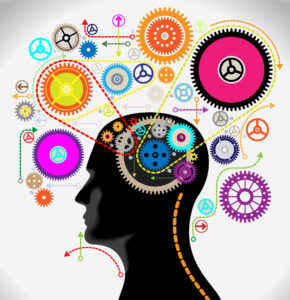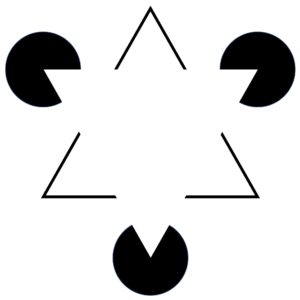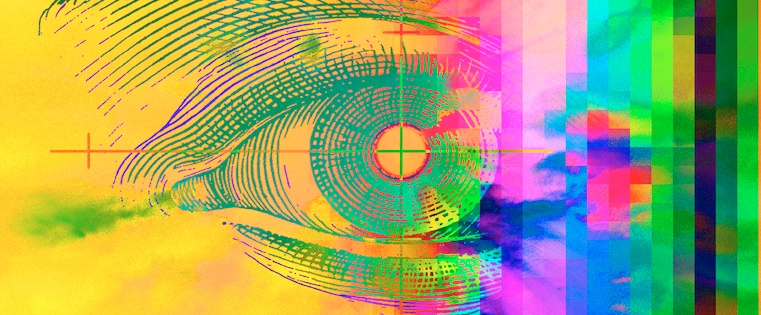Design is more than just a few tricks to the eye. It´s a few tricks to the brain
Neville Brody
Did you think you had complete control over how you think and act? If so, you are wrong. Your decisions and feelings are already predetermined by how you have “trained” your senses to interpret events and your surroundings.
Decisions we make and the feelings we experience are based on how we perceive our surroundings and interpret the impressions our minds pick up. In order for us to be able to shape meaningful, useful and sustainable design solutions, we thus need to have insight into how the human brain works and how that knowledge is used in the design process.
Cognitive Psychology is a science that attempts to describe, understand, and predict human phenomena. Thus, it is not presented as general knowledge, but as a probability assessment. Cognitive psychology is, therefore, about the mental effort that a user experiences in understanding any obstacles and being able to process the information presented to be able to make decisions.
Cognitive psychology has a given place in the UX process
The information presented, therefore, needs to be both easy to understand and accessible in order for your user not to have to make an effort to acquire essential information. If it is difficult to find information, challenging to understand how specific tasks are to be performed or if there are non-consistent placements of the same element, it creates frustration for the user. If your user gets frustrated, the risk is much higher, and they will leave your application or website.

From impression to information
Within cognitive psychology, there are a variety of areas that all have an influence on how we, as people perceive and interpret our environment. But the collection of brain processes that understand the information we absorb through our senses is called perception.
When we are to transform sensory deprivation into meaningful information, it involves both conscious and unconscious processes. One of these processes works from the top down and fits incoming information in expected patterns. A recognized example of how this process works is the so-called Kanizsa triangle, where the broken lines in combination with the circles make us see another triangle, even if it is not actually there.

Another process works instead from the bottom up and sorts out information in the detailed information that our senses deliver. When we encounter something unfamiliar, a comparison is made with existing experiences in the memory layer and on to a categorization of the unfamiliar as something completely new or as something that fits into previous knowledge. These types of unconscious processes, both from the top down and from the bottom up, are necessary for us to be able to orient ourselves in our surroundings, recognize faces, and judge distances.

The art of creating a design with both feeling and function
The design process (which we will present more in coming blog posts) can be said to be divided into different steps or different destinations on the journey from start to finish, where one of the steps is called research. So it is, therefore, about weaving in research on how humans work and combining it with what your users want. This is when you create design solutions that give both meanings, a good feeling, and make the user reach their goals.
To say that two colors should not be used together because it does not look good is an argument without foundation. To say that red and blue should not be used together because the two colors are so far apart in frequency that the eye must focus to be able to read, gives a substantial argument. Thinking through the color scheme and not using colors that are far from each other, creates a more harmonious interface and makes the eye distinguish different elements with little or no effort.
In conclusion, cognition psychology is about how we receive and process information and impressions that we use as the basis for the decisions we make. How information is presented affects our cognitive strain, the pressure we feel when we are navigating, for example, a website to perform specific tasks. In order to create a better user experience, we need to have an understanding of the cognitive psychological theories that help us understand how the human brain works.
Would you like to know more about how we think when we develop our products and their UX? Don’t hesitate to contact us! hello@aptic.net
